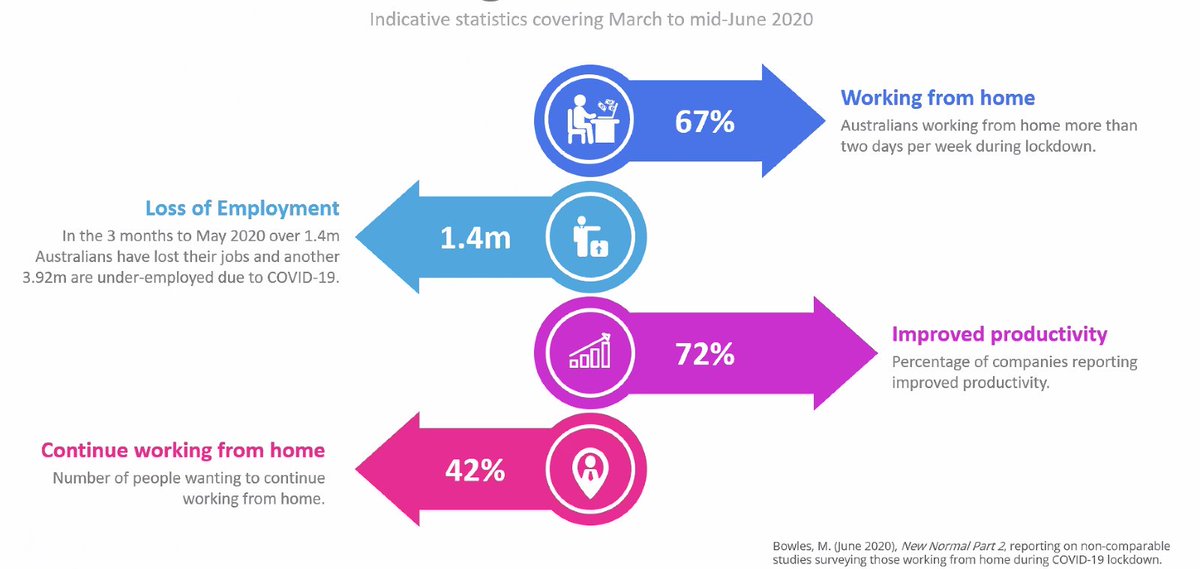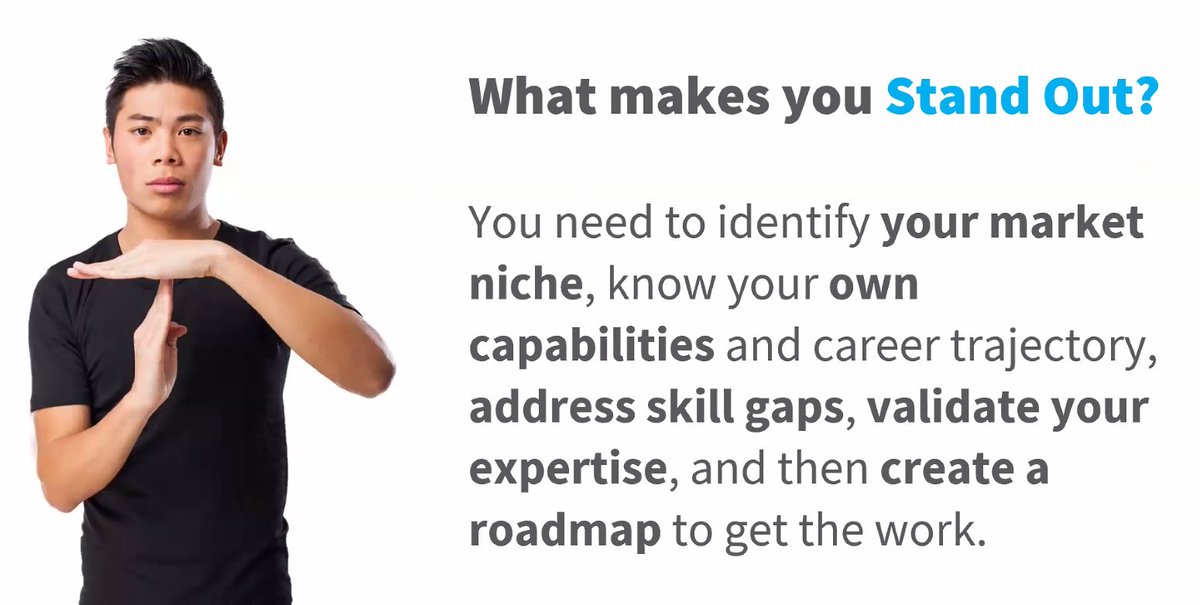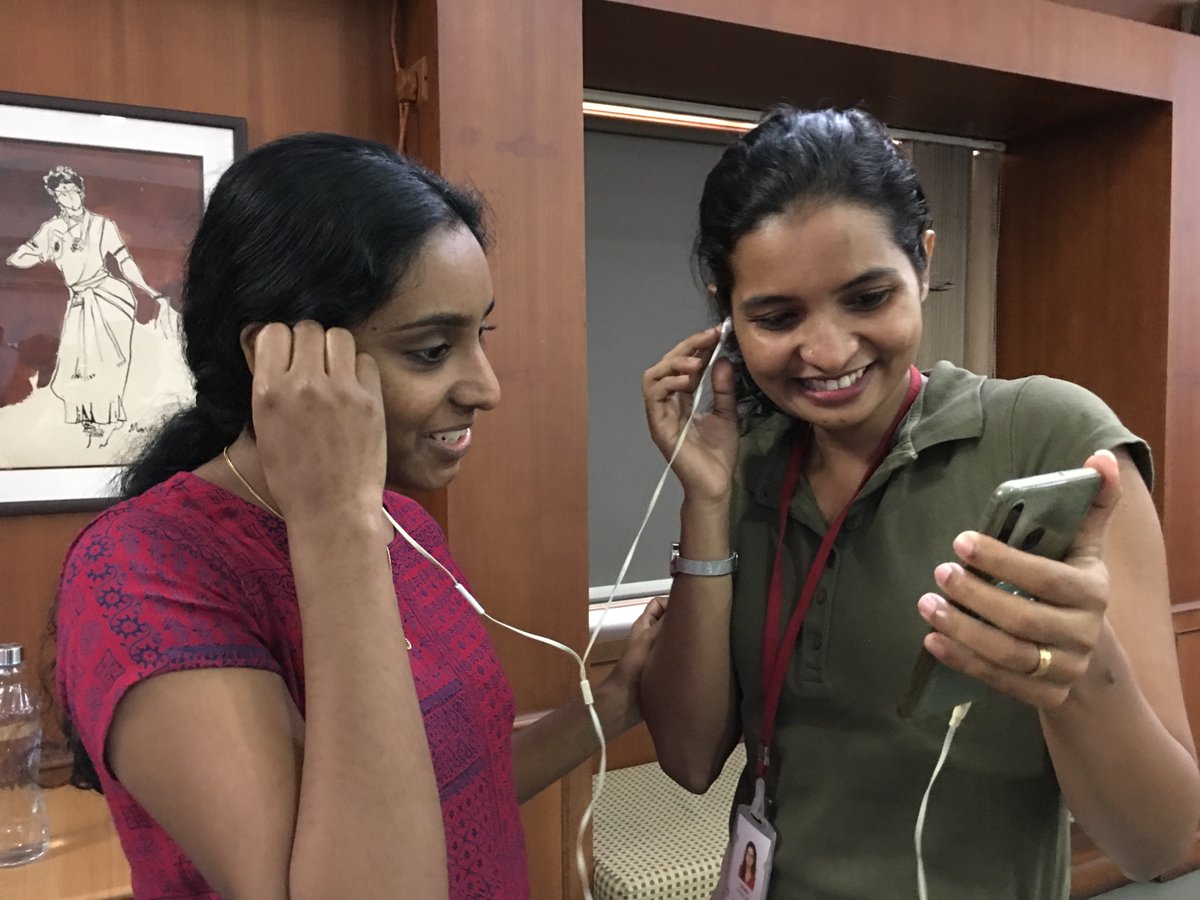
Here are some of the posts and threads responding to #Facebook / #facebooknewsban that have caught my eye, in no particular order. 1/11
1) Gautaum Mishra (@jeamish) CEO of the news aggregator / bundled subscription app, @inkl - THREAD:
1) Gautaum Mishra (@jeamish) CEO of the news aggregator / bundled subscription app, @inkl - THREAD:
https://twitter.com/jeamish/status/1362526885381427202
2) Alan Soon (@alansoon), co-founder of Asia media start-up @splicenewsroom - WRAP:
https://twitter.com/rasmus_kleis/status/1362737020691431427?s=20
3) Amy Webb (@amywebb), journalism / digital futurist & founder of @FTI (they have their annual Tech Trends report out later this month, too so follow her) - THREAD:
https://twitter.com/amywebb/status/1362395598679384069
4) Stephen Dziedzic & Marian Faa (@stephendziedzic, @marianfaa) on what the ban is doing to news access for Pacific Island communities - WRAP: abc.net.au/news/2021-02-1…
5) Emily Bell (@emilybell) of @TowCenter, who's been writing about the risks of entangling the news biz with big tech for many years - OP-ED: theguardian.com/technology/202…
8) Sarah Collard (@Sarah_Collard_) of our national Indigenous news broadcaster @NITV on the fallout for Indigenous news outlets - WRAP: sbs.com.au/nitv/article/2…
9) Australian Journalism Research and Education Association of Australia (@JERAAus) - STATEMENT: jeraa.org.au/jeraa-demands-…
10) Australian national Media, Entertainment & Arts Alliance union (@withMEAA) - STATEMENT:
https://twitter.com/withMEAA/status/1362212017625460737
11) @SBSNews, which saw traffic to Pages for multicultural Australians crater on the eve of vaccine roll-out: regular reminders on *other* platforms of how to get their news - FEED: twitter.com/SBSNews
Feel free to share other top reax you've spotted in the replies.
Feel free to share other top reax you've spotted in the replies.
12) Here’s @karaswisher’s take in @nytimes. Have heard this view from others, but – it’s Kara Swisher in the New York Times, an indication of how closely this is being watched and reported around the world: nytimes.com/2021/02/18/opi…
• • •
Missing some Tweet in this thread? You can try to
force a refresh






